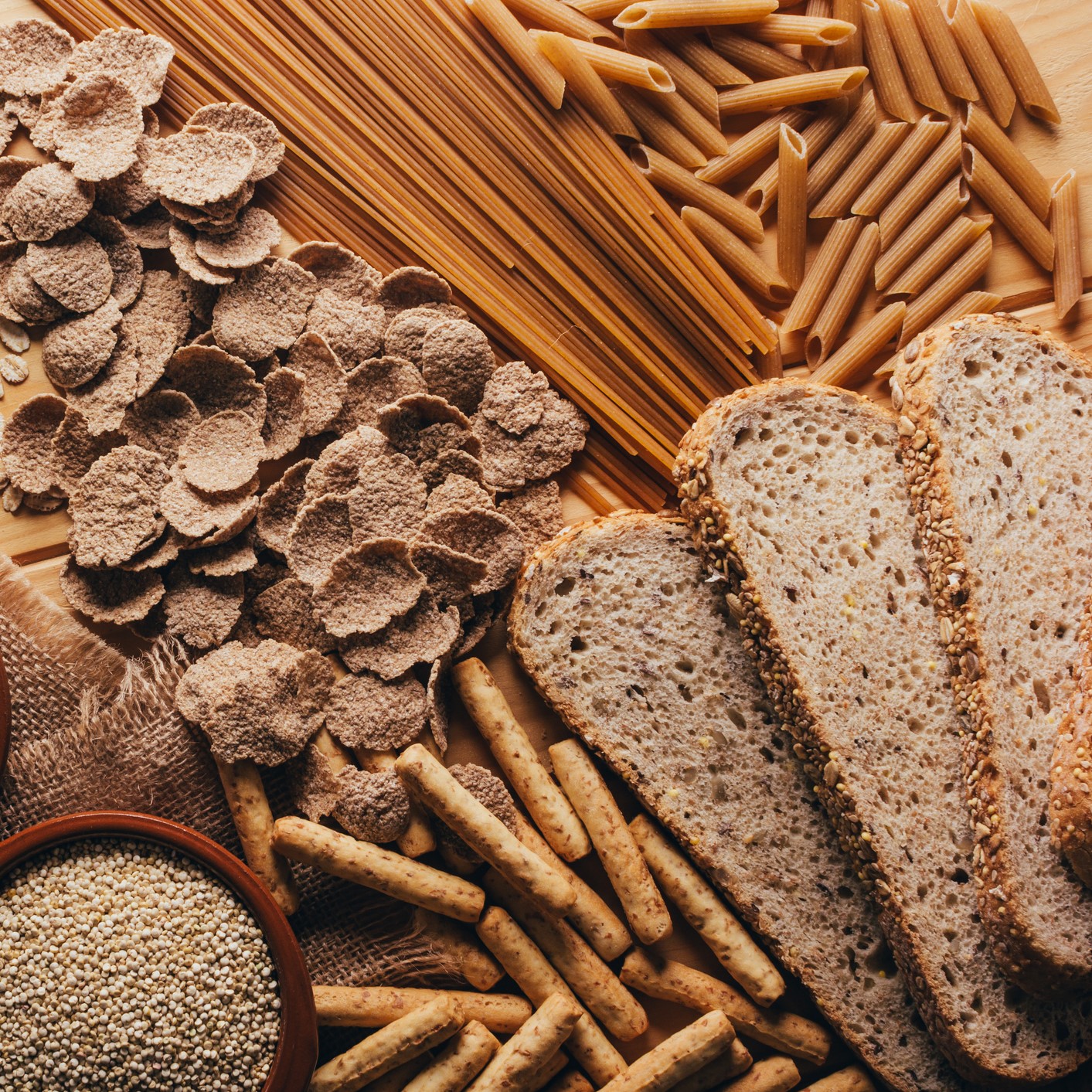- Wheat and triticale are considered priority food allergens by Health Canada. Priority food allergens are the foods that cause the majority of allergic reactions.
- Triticale is a hybrid grain created by crossing wheat and rye. Although not typically available commercially, people with wheat allergy should avoid triticale as well.
- A wheat allergy develops most commonly in infants and tends to be outgrown. Adults who develop a wheat allergy are likely to retain it. If your child has a wheat allergy, consult your allergist before reintroducing your child to wheat products.
- Wheat allergy and celiac disease are two different conditions.
- A wheat allergy occurs when a person's immune system reacts abnormally to wheat proteins; it can be life-threatening.
- When a person with celiac disease eats food containing the protein gluten (found in wheat and some other grains), it results in immune-mediated damage to the lining of the small intestine, which stops the body from absorbing nutrients. This can lead to anemia, chronic diarrhea, weight loss, fatigue, abdominal cramping, bloating and eventually malnutrition.
- If you are unsure whether you have a wheat allergy or celiac disease, consult with your doctor.
Allergic reactions to wheat and triticale
Exercise-induced anaphylaxis is most commonly linked to wheat, although other foods have also been known to trigger this condition. Individuals with exercise-induced anaphylaxis can experience anaphylactic reactions when they exercise soon after eating a particular food allergen. They do not react, however, if they delay exercise by several hours.
If you have an allergy to wheat and/or triticale, keep an epinephrine auto-injector (e.g., EpiPen®, ALLERJECT®) with you at all times. Epinephrine is the first-line treatment for severe allergic reactions (anaphylaxis).
Be allergy-aware: How to avoid wheat and triticale
- Read ingredient labels every time you buy or eat a product. If the label indicates that a product “Contains” or “may contain” wheat, do not eat it. If you do not recognize an ingredient, if there is no ingredient list available, or if you don’t understand the language written on the packaging, avoid the product.
- Do the Triple Check and read the label:
- Once at the store before buying it.
- Once when you get home and put it away.
- Again before you serve or eat the product.
- Always carry your epinephrine auto-injector. It’s recommend that if you do not have your auto-injector with you, that you do not eat.
- Check with manufacturers directly if you are not sure if a product is safe for you.
- Be careful when buying products from abroad, such as packaged foods and health supplements, since labelling rules differ from country to country.
- Watch for cross-contamination, which is when a small amount of a food allergen (e.g., wheat) gets into another food accidentally, or when it’s present in saliva, on a surface, or on an object. This small amount of an allergen could cause an allergic reaction.
- Some “gluten-free” products may be cross-contaminated if made in a shared kitchen with wheat products. Check with bakeries and manufacturers directly.
Other names for wheat
- Atta
- Bulgur
- Couscous
- Durum
- Einkorn
- Emmer
- Enriched flour, white flour, whole-wheat flour
- Farina
- Graham flour, high gluten flour, high protein flour
- Kamut
- Seitan
- Semolina
- Spelt (dinkel, farro)
- Triticale (a cross between wheat and rye)
- Titicum aestivom
- Wheat bran, wheat flour, wheat germ, wheat gluten, wheat starch
Possible sources of wheat
- Baked goods, e.g. breads, bread crumbs, cakes, cereals, cookies, crackers, donuts, muffins, pasta, baking mixes
- Baking powder
- Batter-fried foods
- Binders and fillers in processed meat, poultry and fish products
- Beer
- Coffee substitutes
- Chicken and beef broth
- Deli meats, hot dogs, and surimi
- Falafel
- Gelatinized starch, modified starch, modified food starch
- Gravy mixes, bouillon cubes
- Communion/altar bread and wafers
- Hydrolyzed plant protein
- Ice cream
- Imitation bacon
- Pie fillings, puddings, snack foods
- Prepared ketchup and mustard
- Salad dressings
- Sauces, like chutney and tamari
- Seasonings, natural flavouring (from malt, wheat)
- Soy sauce
- Candy, chocolate bars
- Pie fillings and puddings
Non-food sources of wheat
- Modeling compound/clay such as Play-Doh® and some glues
- Cosmetics, hair care products
- Medications, vitamins, herbal supplements
- Pet food, including fish food, and pet bedding
- Wreath decorations
Note: These lists are not complete and may change.
Report a reaction
If you believe you may have reacted to an allergen not listed on the packaging, you can report it to the Canadian Food Inspection Agency, which may issue a product recall. Find out more on our Food Labelling page.

